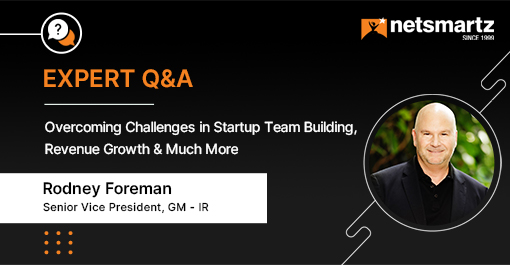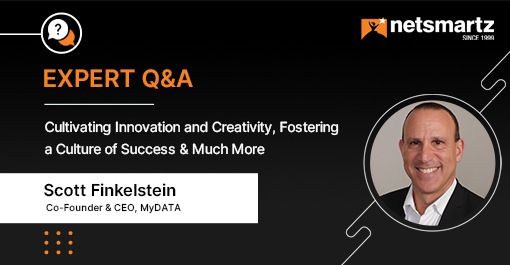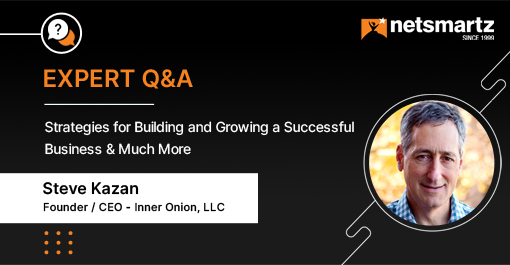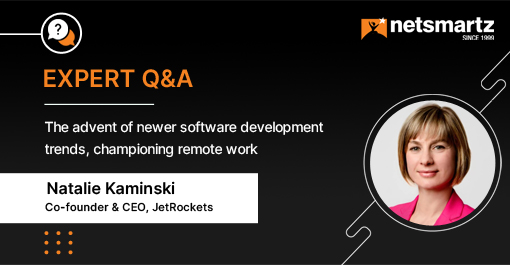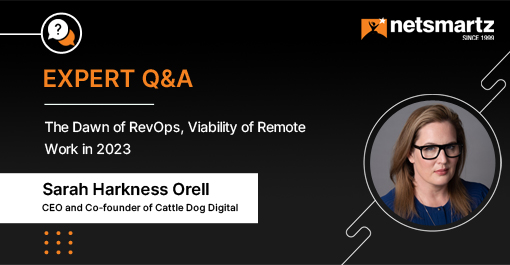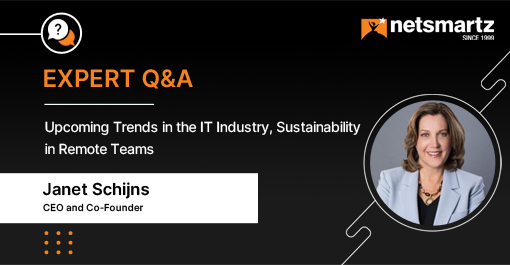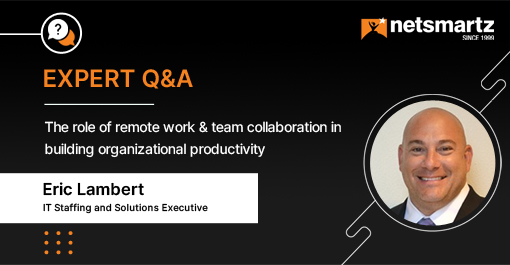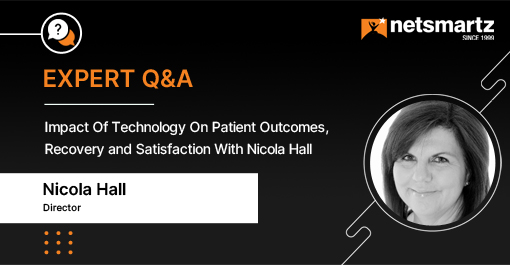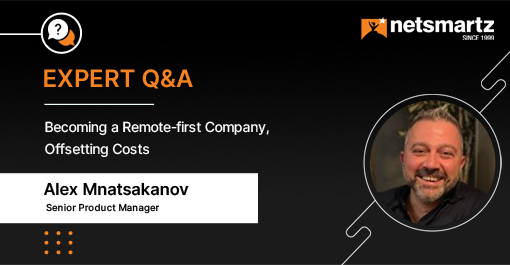Trends, Strategies for Success in the Food and Beverage Industry & Much More

The food and beverage industry continuously evolves, driven by various trends shaping consumer preferences and behaviors. In today’s landscape, several key trends are influencing the industry. Technology integration plays a significant role, allowing businesses to streamline operations and enhance customer experiences. Sustainability and environmental consciousness are also gaining importance, with consumers demanding eco-friendly practices and ethically sourced ingredients. In addition, marketing and branding strategies are crucial for connecting with target audiences effectively. For new businesses entering the industry, embracing technology and offering unique experiences can be pivotal for success.
To shed more light on this, we got in touch with Garrett Lang, Founder and President of PlateRate.
Keeping on reading to learn his insights!
Want to contribute to our expert insights?
Contact Us About Garrett Lang
About Garrett Lang
He is an experienced product/engineering leader with over 17 years of IT experience in the financial services and marketing tech/ad tech industries. With a proven track record of managing scope, schedule, and resources for large budgets, he consistently exceeds customer expectations and effectively communicates across all levels of the organization. His exceptional process improvement skills have led to innovative, best-practice solutions, resulting in significant cost savings and improved operating margins. With a specialization in financial services, he has extensive knowledge of insurance, leases & loans, mutual funds, treasury, corporate applications, and capital markets.
1. In your opinion, what trends are currently shaping the food and beverage industry, and how can businesses stay ahead of the curve?
Technology innovation is disrupting the hospitality industry. With companies like PlateRate, restaurants can be more efficient at a higher profit margin AND create more than 3x as many loyal customers. Ordering from the table via a phone with a QR code is one example of efficiency created, but that’s pretty common in the industry. PlateRate is the only company that creates one-time incentives for repeat business to try the top-rated menu items, this creates more than 3x as many loyal customers for the restaurants that take advantage of it. Businesses would be wise to adapt to these changes. If they don’t, their competitors will take customers from them by providing better incentives to be loyal to them than the business that is stuck in the past. What worked in the past may not be what works in the future, and recognizing that can make the difference between success and failure in the restaurant industry, where profit margins are notoriously low.2. How can food and beverage companies improve their supply chain management to reduce waste and ensure product safety?
Taking realistic inventories and having someone in charge of inventory management should help. Keep track of how quickly you go through various inventory items and stock up enough that you won’t likely run out but not so much that it will go bad before you use it all. Use the oldest ingredients first.3. What challenges do food and beverage companies face regarding sustainability, and what steps can they take to reduce their environmental impact?
Purchasing sustainably caught ingredients would be a great way for a restaurant to help the environment and ecosystem. In PlateRate, we have a way to note which menu items are wholly or mostly sustainably sourced so that once we get enough data, a diner can search for sustainably sourced food in any area of the world PlateRate has traction. We can filter a menu by what items are mostly or wholly sustainably sourced. This should increase visibility and marketing for restaurants that invest in sustainably sourced ingredients, which will charge restaurants more.4. How can food and beverage companies improve their marketing and branding strategies to connect with their target audience better? What advice would you give to a new business entering the food and beverage industry, and what are some common pitfalls to avoid?
I think leveraging PlateRate to offer a 60% incentive to order a 2nd time will bring new customers in, and our 30% incentives to try alcohol and new top-rated menu items will keep them returning until they’re loyal. I’d say to embrace technology and use it to enhance the dining experience. PlateRate can be a great partner to do that, helping restaurants create the ultimate dining experience by incentivizing customers to try all the alcohol and the top-rated menu items at a restaurant that meet their dietary preferences and also help ensure they match their personal palate. Use these types of offers in your marketing to bring new customers in – PlateRate is like an institutional way to give “free samples” of your best food in a way that’s always profitable for restaurants. The 60% incentive to try top-rated menu items will get new customers in for the first time and come back a 2nd time. 30% incentives to try all the alcohol and top-rated dishes will create drastically higher loyalty. But all this requires marketing to get your offer in front of people. A common pitfall is thinking that just opening a restaurant will automatically result in new customers. It’s important to give customers a reason to try the restaurant. While PlateRate’s incentives are one great way to do this, hosting events is another way – You can bring in a band, DJ, or magician or have holiday-themed parties for Cinco de Mayo, st. Patrick’s Day, etc. Host wine, beer, and spirits tastings or other such events as well. Collaborate with your business partners to cross-promote these events because, for example, PlateRate would be happy to promote such events where PlateRate is used by all of our social media followers. Wrapping Up
Wrapping Up
The food and beverage industry is a dynamic and competitive space, and staying ahead of the curve requires businesses to adapt to emerging trends. Embracing technology, such as mobile apps and online ordering, can improve operational efficiency and enhance the customer experience. Prioritizing sustainability and environmental consciousness by sourcing ethically and reducing waste can benefit the planet and attract environmentally conscious consumers.
Overall, this Expert Q&A was refreshing. As much as we enjoyed reading it, we hope you will find it insightful as well.

Are You An Influencer?
Make Your Mark as a Thought Leader
We invite industry influencers to participate in our Q&A panel, offering the audience valuable insight into cutting-edge technology trends, platforms, and more.













